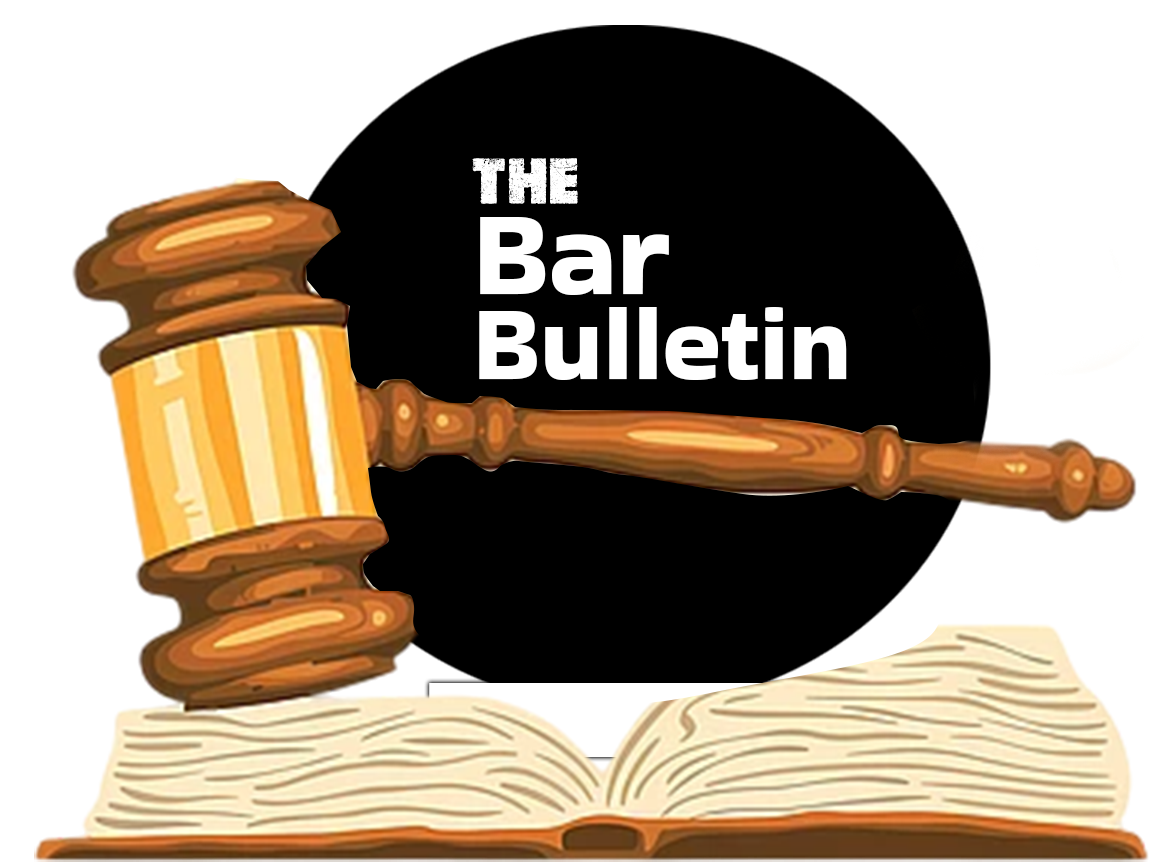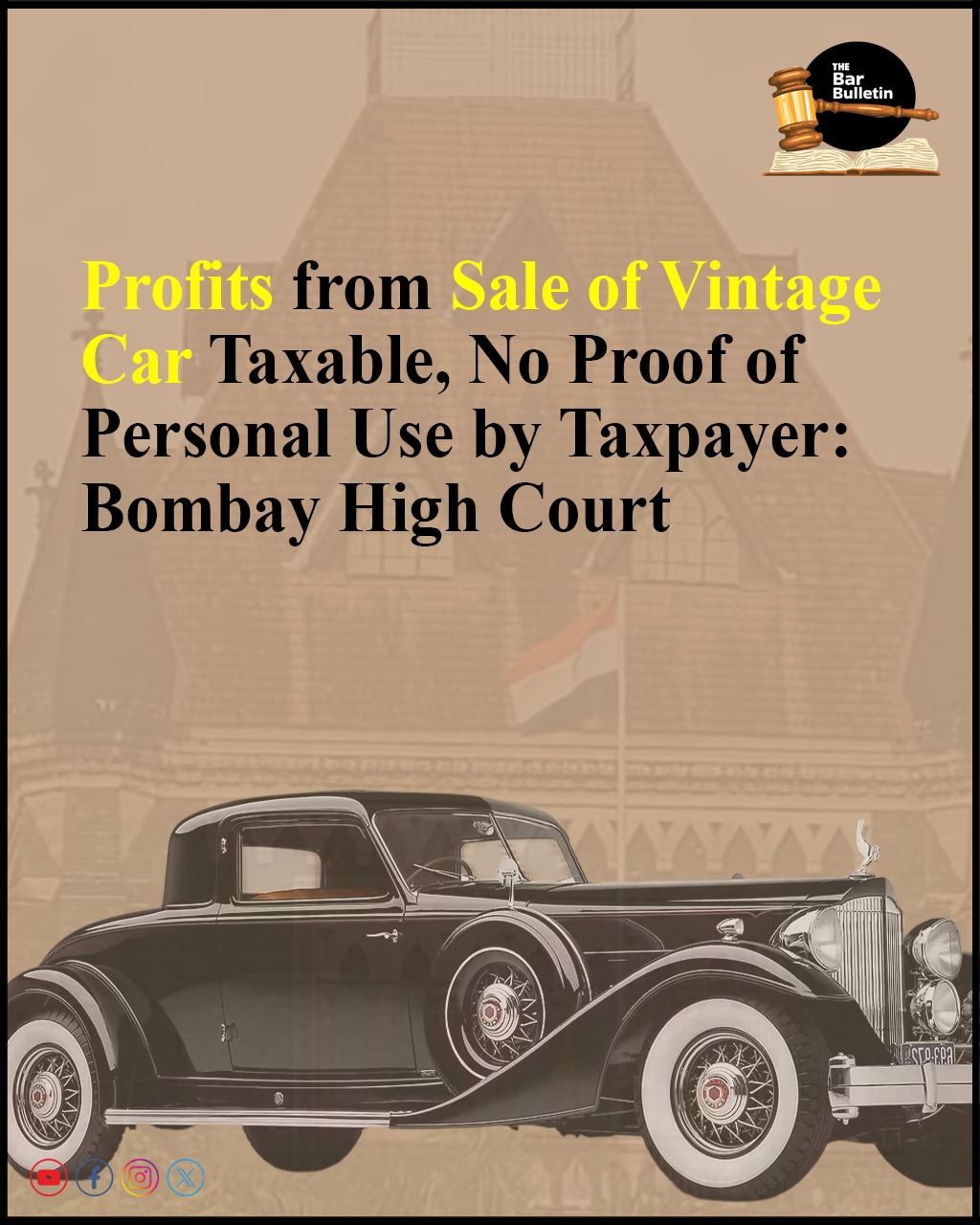The Bombay High Court recently ruled that the capability of vintage car for personal use would not ipso facto lead to automatic presumption that every car would be personal effects for being excluded from capital assets of taxpayer, a salaried employee. Reference was made to the decision of the Apex Court in the case of H.H. Maharaja Rana Hemant Singhji vs. Commissioner of Income-Tax, Rajasthan [(1976) 103 ITR 61 SC], where it was held that “the expression ‘intended for personal or household use’ does not mean capable of being intended for personal or household use but it means normally or commonly intended for personal or household use”.
The Division Bench comprising Chief Justice Alok Aradhe and Justice Sandeep V Marne observed that wealth tax returns and non-claiming of depreciation in respect of vintage car, is irreverent for deciding personal use of such car by taxpayer. From perusal of Section 2(14), the Bench clarified that personal effects must be for personal use for being excluded from the definition of the term ‘capital assets’. Thus, for treating a movable property as personal effects, an intimate connection between the effects and the person must be shown.
What needed to be proved in the present case is that the car was used as a personal asset by the Appellant (taxpayer) and he has failed to adduce any evidence with regard to the vintage car being put to personal use. The Bench instead found that there were several indicators showing that the car was never used by the Appellant for personal use, such as (i) using company’s car for commute; (ii) car not being used even occasionally; (iii) vintage car not being parked at the residence; (iv) inability to prove that any amount was spent any on its maintenance for keeping it in running condition; and (v) a salaried employee purchasing a vintage car as pride of possession.
Briefly, in this case, the Appellant, a salaried employee, had purchased a vintage car namely “Ford Tourer” 1931 Model sometime in the year 1983 for a consideration of Rs. 20 thousand, but the said car was sold for a consideration of Rs. 21 lacs. On a query made by the AO, the Appellant submitted that the car was shown as a personal asset in Wealth-tax and same was an exempt asset. The AO however, made addition to Appellant’s income on account of sale of motor car as business income. On appeal, the CIT(A) held that vintage cars are not generally used frequently as maintenance costs of these cars are very high. Since the car was shown as personal asset in wealth tax returns, and the Appellant never claimed any depreciation in respect of the car, the deleted the addition. On further appeal, the ITAT restored the order passed by the AO.
Case Relied On:
H.H. Maharaja Rana Hemant Singhji vs. Commissioner of Income-Tax, Rajasthan [(1976) 103 ITR 61 SC]
Appearances:
Advocates Vipul Joshi, Prashant Ghumare, and Namrata S Kasale, for the Appellants
Advocates Prakash C. Chhotaray and Sangita Choure, for the Respondents

